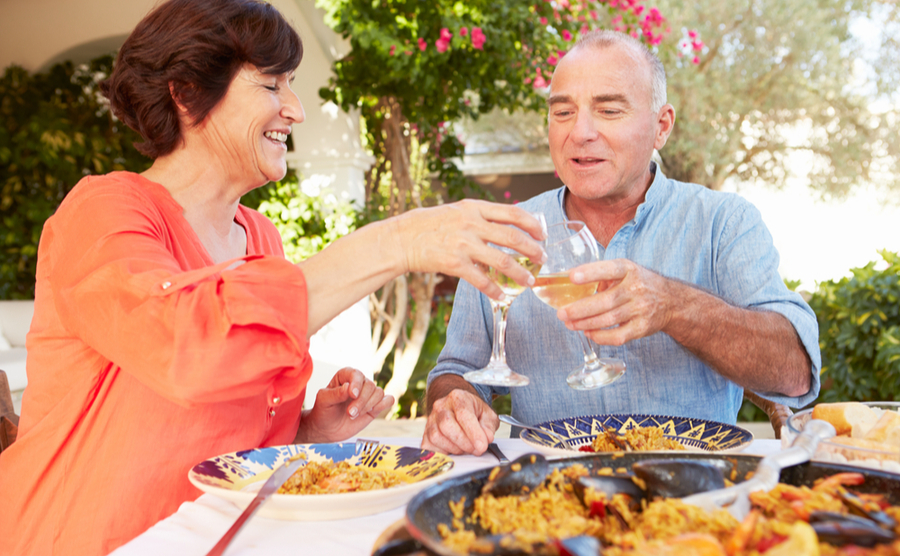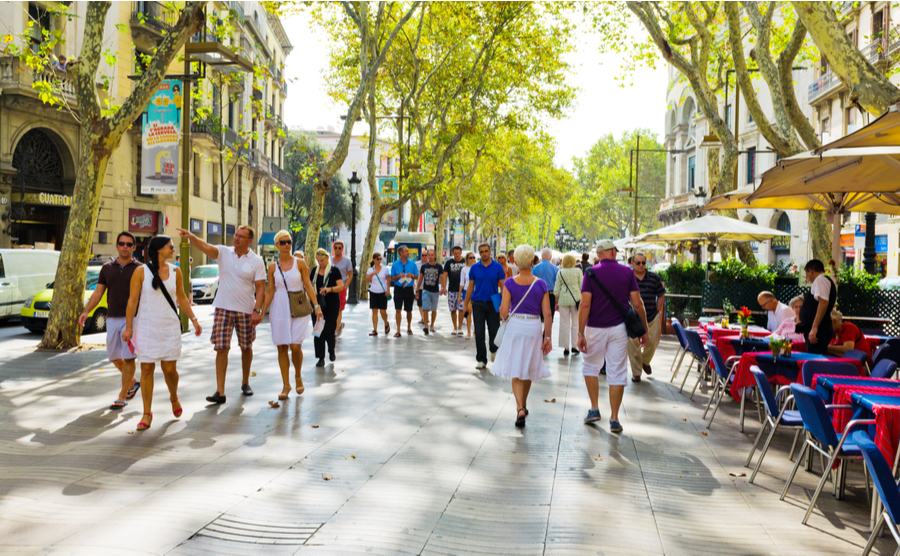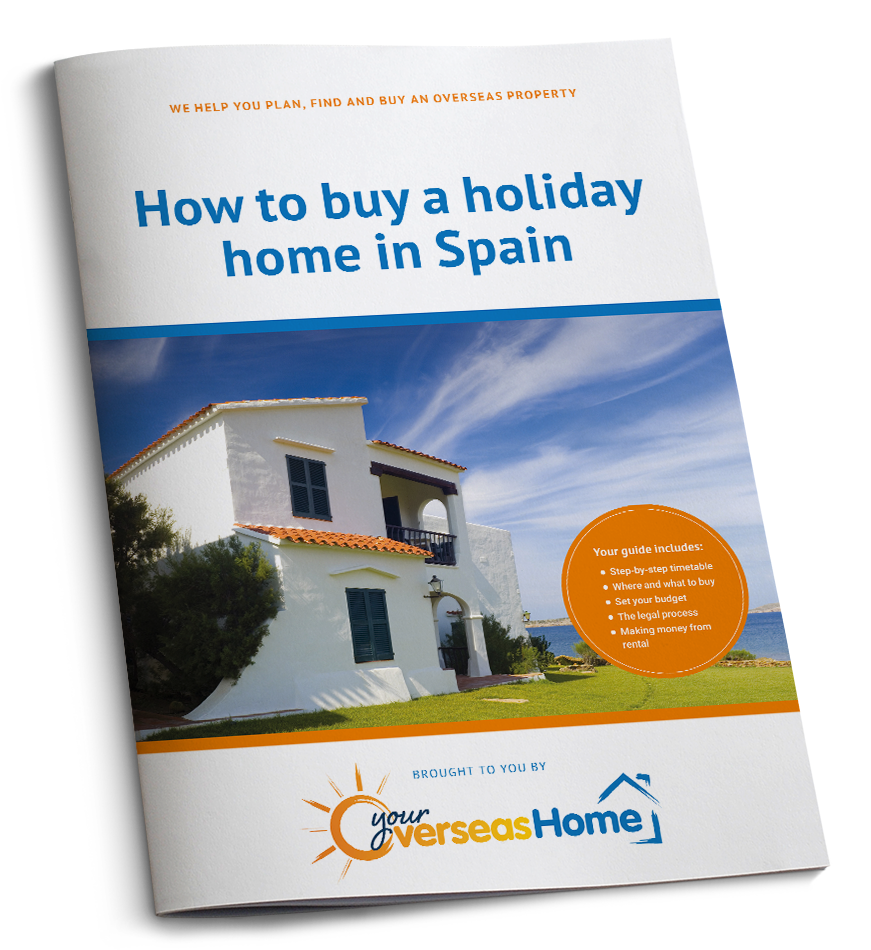The rules on residency for British people will, just like for other “third country nationals” like Americans and Australians, be very different from 2021.
Some Brits are still planning on making a last-minute move to Spain to set themselves up as residents and hope they can get the bureaucratic processes completed in time.
That may be possible, even in a time of Covid restrictions, with the help of a good lawyer and with power of attorney. Below is the traditional process, speak to a good lawyer before committing.
We must also stress that different rules and procedures apply in different regions. What is written below is a rough guide and should not be relied upon for your own area and situation.
Get in touch with a trusted solicitor today – they’ll help you avoid any of the legal pitfalls of buying abroad.
If you want to relocate to Spain permanently or invest in a property in Spain, it is important that you understand how to get Spanish residency. If you live in Spain for 183 days a year, then you are classed as a resident.
In Spain, residency can be requested either by you or via an authorised figure (usually your solicitor) holding a Spanish power of attorney.
There are three important items you will need to secure if you wish to live in Spain on a permanent basis:
- NIE, your Spanish tax number
- Residencia, or Spanish residency card
- Padrón, saying where you are living
- SIP (health card)
The exact requirements for each of these will depend on the region in which you wish to live, as well as your own status. For example, depending on whether you are a pensioner, an early retiree or if you are working in Spain, there will be slightly different documents needed. However, the information below gives a general guide to what you will require at each step in the process.

Toasting becoming legal residents in Spain!
NIE
Your Spanish NIE (Número de Identificación de Extranjero) is the unique tax identification number that registers you as a foreigner, whether resident or non-resident, with the Spanish Tax Office. You’ll need it for all your financial and legal activities in Spain. Children also need an NIE number.
The actual format of the number is an A4 certificate with your name, surname, date of birth, city and country of birth. Plus, of course the unique number.
NIE application
NIE applications can be submitted while living in or just visiting Spain. Indeed you can also apply for the NIE number at the Spanish embassy in the UK, although most do it in Spain, often when on a property viewing trip.
You make an appointment and go to the relevant Spanish National Police station in your area, dedicated to foreign documentation. However you don’t have to do it yourself. You can give power of attorney to an authorised figure (usually a solicitor).
Spanish NIE requirements
The type of requirements can vary from one office to another and may differ slightly depending on the region, but you will generally need:
- NIE application – the submitted NIE form must be in Spanish.
- Original passport (current and not expired) and a photocopy of all the pages.
- Two passport photos.
- Government fee, which you should pay at the bank using a 790 NIE form.
Residency card
This is the document that officially registers you as living in Spain. It is issued at the appropriate Foreigner’s Office or National police station depending on where you live.
In many areas, you need to obtain your residencia before applying for your padrón, but this does vary (on the Costa Blanca this is mandatory). You can usually obtain your residencia on the same day that you apply, providing you have all the necessary paperwork. What this consists of varies from region to region, so always check beforehand. However, usually, this consists of:
- NIE or your foreigner’s tax number
- Your S1 form if you are a pensioner or proof of Spanish private health insurance if not
- Proof of fee payment for the residencia application (paid at any Spanish bank)
- Certificate of Padron ( collective padron when there is more than one person registered under the same address)
- The completed residency application form
- Passport and photocopy of all its pages
- Two passport size photos
- Proof of income
The recommendation is to always bring the original and a copy of each document in the list above.
You must be able to demonstrate that your life in Spain is financially sustainable. You will be expected to show bank statements that cover the previous three months and that you have a monthly income of above €800 per person. Which must be transferred directly from the pension provider to your Spanish bank account.
If you need any help with a mortgage or financing, we can put you in touch with specialists in helping UK buyers purchase in Spain. Just click here.
If you have come to Spain to work then your employer should provide you with un certificado de vida laboral – which is proof that you have work here.
If you are under pensionable age, then you must have proof of Spanish health insurance if you are not going to work. The insurance must be fully comprehensive and you may also need to show proof of payment.
However, there are local health schemes in many parts of Spain that might be an alternative. The convenio especial enables you to pay into the National Health System on a monthly basis. However, you need to have been resident here for a continuous year to be eligible. The convenio especial does not cover the cost of prescriptions, health transport services or health cover when in another EU country.

La Rambla, Barcelona (Valeri Potapova / Shutterstock.com)
Padrón
The padrón is the certificate that enables you to apply for a SIP (health card) and other local benefits within your town, such as enrolling your child in a local school, obtaining a bus pass, or using the local library. To obtain your three-monthly certificate you need to register, which you can do at a town hall office. You will need to take with you:
- Proof of where you live e.g. a rental contract or title deed
- Passport
- Residencia, if your region requires that you apply for this first
- Your most recent water bill and electricity bill (now asked for by some town halls)
Once you are registered, the certificate is valid for three months. After this period, you can return to the same office with your passport and previous padrón and they’ll issue a new one. You should renew your padrón at least every two years in order to ensure that your name is kept on the register. Town halls may contact people who have not had their certificate reissued for years and ask them to reaffirm their presence in the area. This is a quick process and helps them to confirm who exactly is living in the town.
SIP Card
With your residencia and padrón you are now able to apply for your SIP card. This is the health card which will entitle you to healthcare and discounted prescription charges as part of the national health service in Spain. In order to obtain this very important little card, you need to book an appointment at your local social security office. There you will need to show:
- Your NIE and Spanish residency card
- Passport
- S1 if you are a pensioner
- Padrón
- Application Form TA!
Remember to bring the original and a copy just in case. Once you present your documentation, they will then give you a registration number. With this, you can go to your local health clinic and obtain the SIP card itself.











